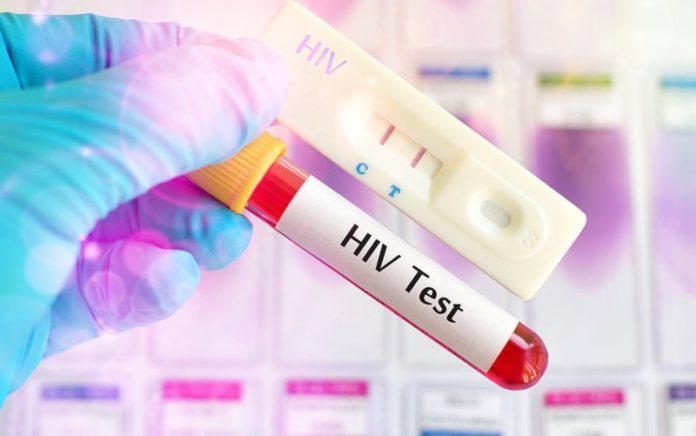
After two years of declining numbers of HIV cases in New Zealand, there was a slight increase in 2019, but many of these cases were first diagnosed overseas.
Figures released by the AIDS Epidemiology Group, University of Otago, showed a total of 212 cases in 2019, an increase from the 185 reported in 2018 and 201 in 2017.
The breakdown of these numbers, however, shows a greater proportion of the cases in 2019 had been previously diagnosed overseas (36 per cent compared to 26 per cent diagnosed overseas in the 2018 figure), whereas the number first diagnosed in New Zealand (128 cases) was similar to 2018 (126) and lower than the annual average of 171 in the preceding years 2013 to 2017.
HIV is the virus that can lead to AIDS if not treated. AIDS is the most severe phase of HIV infection when the body’s immune system is depleted causing the individual to get an increasing number of severe illnesses.
Leader of the AIDS Epidemiology Group, Dr Sue McAllister, said the results are encouraging, despite the overall increase.
“Following years of increasing numbers of people being diagnosed with HIV in New Zealand, it is encouraging to see that the decline since 2016 has been maintained,” Dr McAllister said.
“It is unclear why there was a greater number in 2019 who had previously been diagnosed overseas.
“It is important for these people to be engaged in care and on treatment to prevent HIV transmission locally.”
Gay, bisexual and other men who have sex with men (MSM) were the group most affected. Of the 212 people diagnosed, 141 were MSM and 37 were heterosexually infected (18 men and 19 women).
For most of the remainder, the means of infection was not reported. There were three people who had been infected through injecting drug use only, one of whom was reported as being infected in New Zealand.

Of the cases first diagnosed in New Zealand, a reduction in the number of people diagnosed in 2019 was primarily in MSM. In heterosexual men and women, there was an increase in 2019 but numbers remain small and there is a lot of fluctuation between years.
“Of particular interest is the decline in 2019 of men having sex with men who had evidence of recent HIV transmission. The continued prevention efforts and the combined prevention methods of condom use, early testing and treatment, and access to pre-exposure prophylaxis are all likely contributing to this decline,” Dr McAllister said.

New Zealand AIDS Foundation (NZAF) Chief Executive Dr Jason Myers said the 2019 data is rather complex, but the insights drawn at the outset are encouraging.
“While there is a lot more to unpack in this data, by looking at the local infection results I believe this means we are seeing the continued impact of local HIV prevention and HIV testing efforts which is great news,” Dr Myers explained.
“New Zealanders can take heart in these results as they will only strengthen our resolve to finish the work we’ve started.
“With a continued decline in local infections among men who have sex with men, who are historically overrepresented in HIV stats and most at risk of transmission we once again have a sign that we are starting to halt the epidemic.”

Heightened awareness of public health in light of COVID-19 has made it more important than ever for all New Zealanders to understand HIV-prevention and the realities of HIV-stigma for Aotearoa to continue to be a world leader in infectious disease response.
“As we emerge from the stricter alert levels of the COVID-19 response, Kiwis have a timely opportunity to essentially break the chain of HIV transmission in our communities by getting tested for HIV and other STIs before engaging in casual sex post-lockdown,” said Dr Myers.
“While we won’t know the extent of the impact made on transmissions during lockdown until data for this period is captured and studied, we are confident it will have made a difference.”
Key data (01 January 2019 – 31 December 2019):
- A total of 76 locally acquired HIV infections in 2019, compared to 78 in 2018 – a 2.6% decrease overall
- An overall increase of 58% in the number of infections first diagnosed overseas
- A 6.5% decrease in locally acquired HIV diagnoses among MSM
- A total of 3 notifications of infections linked to intravenous drug use (IDU). Only 1 of these was a locally acquired case – and none were linked to combined IDU and homosexual contact
- No cases of transmission between pregnant person and child
- Despite the overall increase, 2019 data still shows a 15% decrease from the concerning peak in notifications in 2016
Last Updated on May 29, 2020
The news team for Gay Nation love tips from our readers. Got tips or a news story that you would like published? Go here to tell us something.
Visit the Gay Nation store Now




























